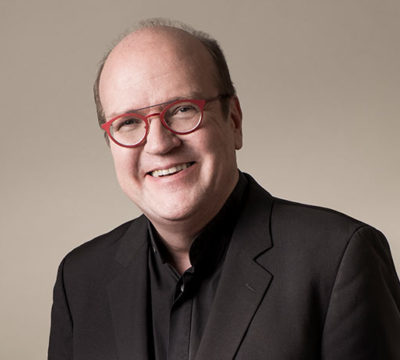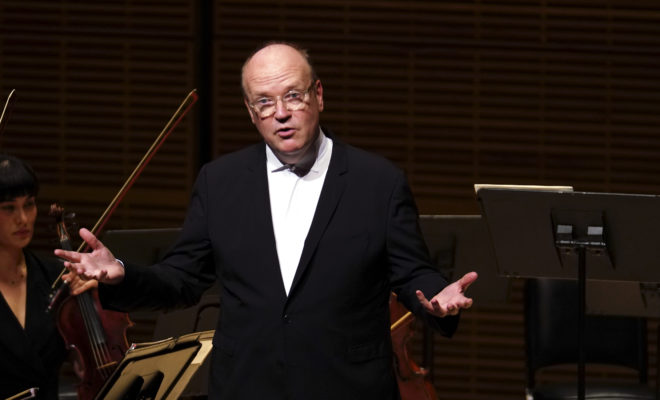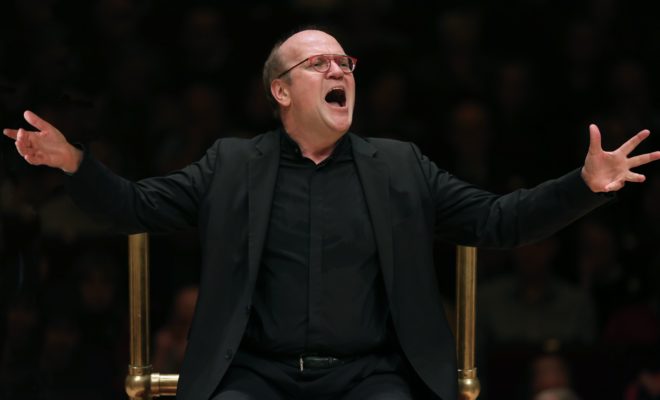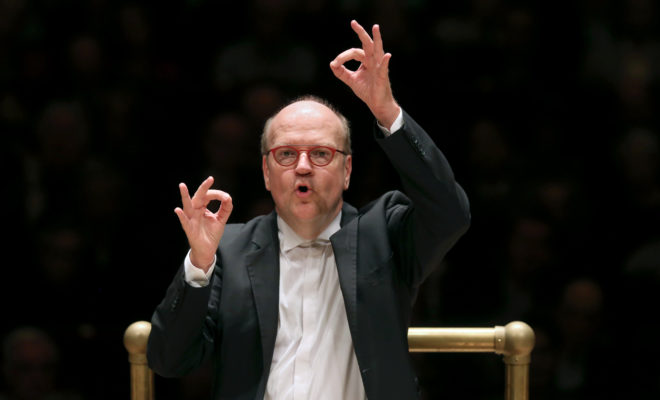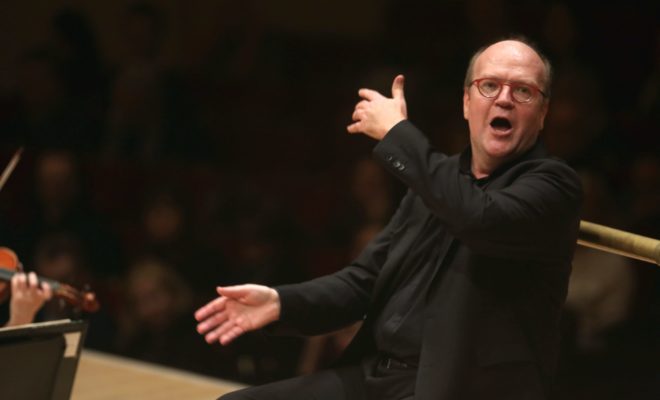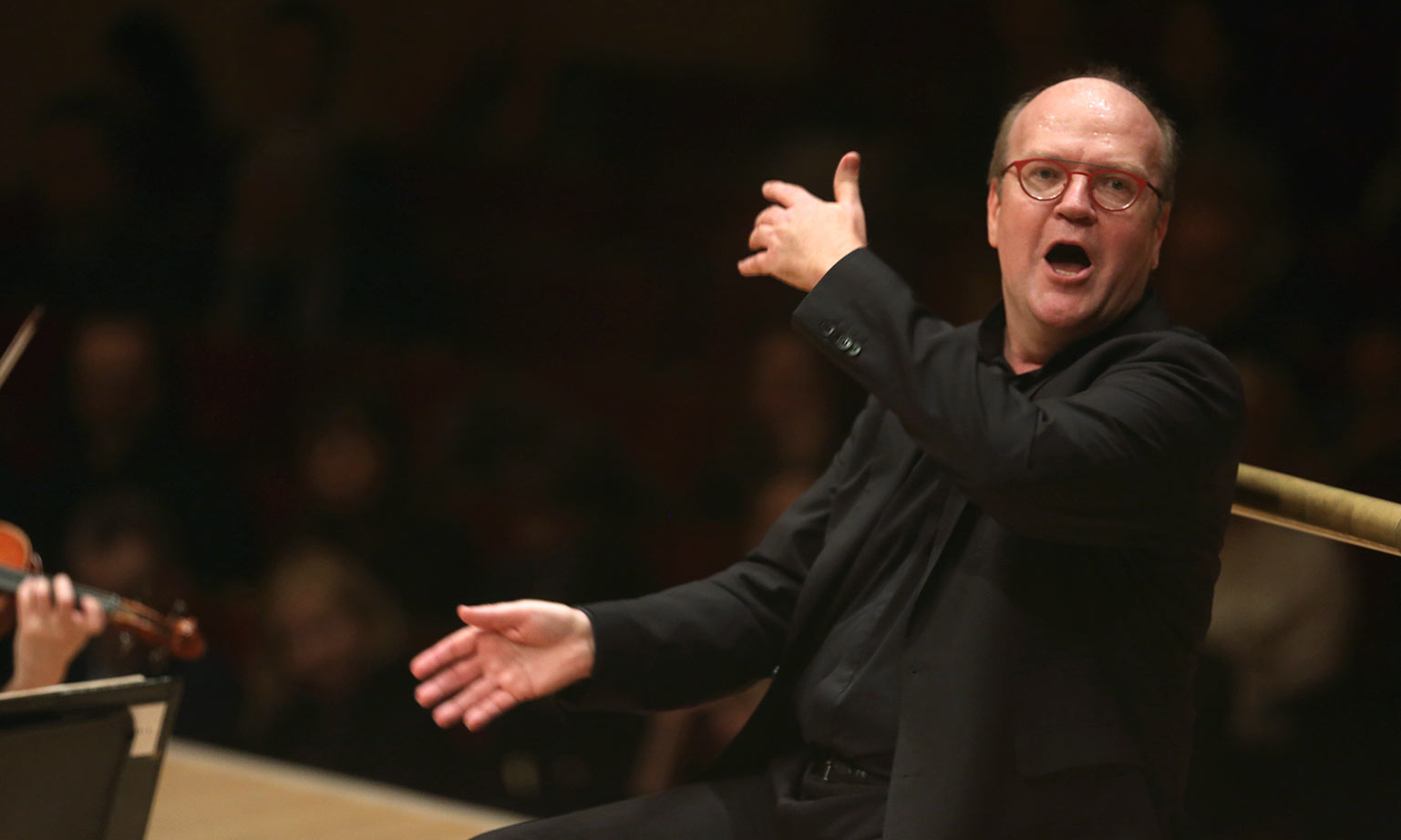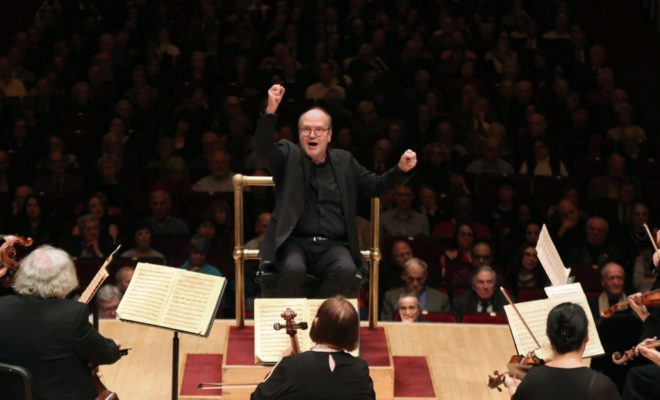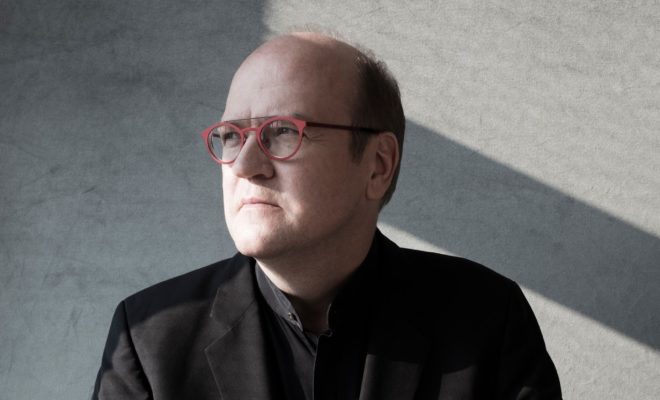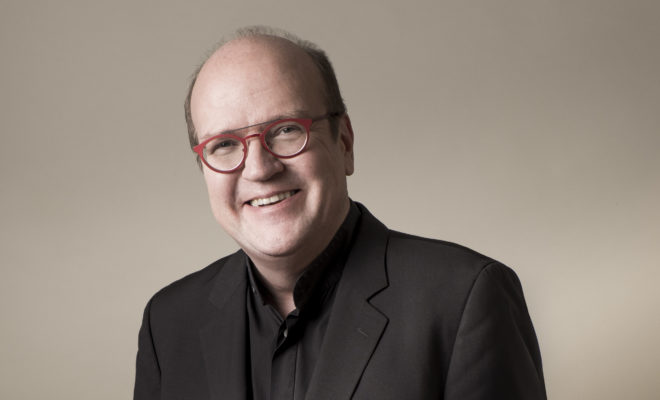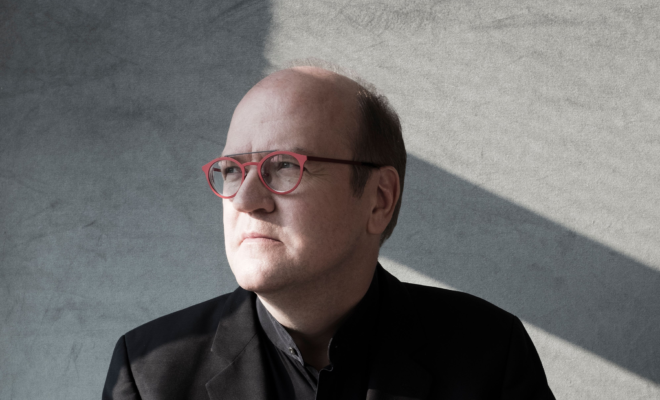Bach’s interest in what we call organology (the science of musical instruments and everything related to them, from making or building to acoustical qualities) is well documented. Starting with his own instrument, he himself knew everything about organ building and was considered one of the go-to specialists in Germany when a new instrument had to be built or assessed; he was extremely demanding and precise in his requirements.
He also showed a keen interest in any new or odd instrument that came his way during his career. Some of them make extremely rare appearances in his works – think for instance of the violino piccolo alla francese (a smaller violin usually tuned a third or a fourth higher than the regular violin) which makes a lone appearance in the 1st Brandenburg Concerto. Another one would be the enigmatic lituus (a wind instrument probably intended for open-air use whose exact nature in the 18th century is still a matter of debate) which appears only in the first version of the motet O Jesu Christ, meins Lebens Licht BWV 118.
The most spectacular and consequential appearance of a new instrument in Bach’s music is that of the oboe da caccia, which was invented by the Leipzig woodwind maker Eichentopf: it became a regular feature of his sacred music as soon as Bach moved to Leipzig in 1723.
In this article we’ll explore a specific instrument which appears often in Bach’s sacred music (and possibly in some of his purely instrumental music as well): the violoncello piccolo, which literally means, “small cello”.
In the 18th-century, string instruments of all types and sizes were in use; there were all sorts of hybrids between double basses and cellos, cellos and violas or violas and violins. The same applied to the viol family. Smaller violins (like the violino piccolo mentioned above) also existed. Improvements in playing technique and in instrument making (when fingerboards were extended, which allowed instruments to cover a higher register) eventually rendered all these hybrids obsolete and left us with the violin family as we know it now. In Bach’s time however, although the violin, viola and cello were getting their definitive form and role in the orchestra, all sorts of hybrids were still in circulation and being used.
The violoncello piccolo was one of them: a smaller instrument with an extra 5th string usually tuned to E, which allowed it to play repertoire originally intended for the violin one octave lower, or any repertoire requesting a higher ambitus than the regular cello. For long it has been thought that Bach’s 6th suite for solo cello, which is written in a much higher register than the other five and is therefore very difficult to play on a regular four-string cello, was intended for that instrument.
Other hybrid instruments abound: the viola pomposa (sometimes called violino pomposo – literally “pompous” violin or viola, a reference to its more generous size) is similar in its concept to the violoncello piccolo, and might be the same as the violoncello da spalla (“shoulder cello”): a small cello that can be played on the shoulder like a viola or laterally in front of the player’s chest, usually with the help of a strap or a belt to hold it in position. Its tuning cannot be ascertained, but the same as the violoncello piccolo (the equivalent of the regular cello plus an extra E string) seems a high possibility in many cases, although there were probably many different tunings in use.
All of these instruments and the terminology that came with them were circulating at the same time in different locations throughout Europe, which creates a lot of confusion for us who are left trying to understand their evolution and differences a few centuries later. One of the most interesting developments of the past fifteen years is the theory developed by Dmitry Badiarov that the instrument which Bach labeled violoncello piccolo in his cantatas was actually a violoncello da spalla – an instrument of comparable register which was smaller in size and played by a violinist rather than a cellist. That instrument was probably the same as the viola pomposa mentioned in a certain number of sources related to Bach himself. Many now think that the 6th cello suite was also written for this instrument – if not all of the cello suites.
There are indeed hybrid instruments of that nature that were made for Bach in Leipzig by the violin maker Johann Christian Hoffmann. If you want to know everything about that theory and the history of the viola pomposa, violoncello piccolo, violoncello da spalla and other weird instruments, you can read Badiarov’s article “The Violoncello, Viola da Spalla and Viola Pomposa in Theory and Practice.” (Prepare some strong coffee: it makes for very dense reading. But it is extremely interesting and provides plausible answers to many questions that have remained unanswered for a couple of centuries.)
To make a long story short: one of the most compelling argument for the use of the violoncello da spalla instead of its piccolo counterpart in Bach’s cantatas is the fact that in the musical parts prepared by Bach and his circle for weekly performances, the music written for violoncello piccolo was sometimes included in the first violin part rather than the cello part; in any case, the cello part always contained only the continuo line. It is highly unlikely that the cellist would have changed instrument and part in the middle of the performance of a cantata – and then who would have played the continuo line?
It is interesting to note that Bach was using up to four different clefs when writing for this instrument (treble clef, C-clef 3rd and 4th line, and bass clef), which says a lot about its versatility and the uniqueness of its tessitura – hence Bach’s interest in its use.
The relationship between number and length of strings, size and register on an instrument have important implications on its sound. Although the violoncello da spalla and the violoncello piccolo can have the exact same range, their sound is very different. Because of its smaller size, the violoncello da spalla has a thinner sound with a boxier quality. In order to demonstrate that, the recordings I have chosen for you are a chorale from cantata BWV 6 in two different excellent performances on period instruments: the first one with violoncello piccolo (David Watkin with John Eliot Gardiner), the second one with violoncello da spalla (Dmitry Badiarov himself with Maasaki Suzuki). Both interpretations also differ on the approach of the vocal line: a soprano section with Gardiner, a soloist with Suzuki. You can judge by yourself the tonal differences of the two solo string instruments.
As a bonus, I also included the transcription for organ that Bach himself made of that same chorale. He included it in the collection of what we now call the Schübler Chorales, named after the engraver who published them in 1747. It shows us that Bach held this piece in high esteem – and if he did, so should we… three times rather than one!
